Country by country, region by region, the Cheese and Dairy Products Show takes you on a discovery of Protected Designations of Origin (PDOs). This week: Switzerland.
Created in 1992, the European PDO label is designed to distinguish products that have been ‘processed and prepared in a specific geographical area, using the recognised know-how of local producers and ingredients from the region concerned’. As of 1 January 2025, there were more than 153 PDO cheeses, butters and creams across Europe (including the British and Swiss equivalents). The show invites you to discover them in its news pages, while waiting to come and taste them on the exhibitors' booths, from 07 to 09 June 2026 at Paris Expo Porte de Versailles.
This week, our eyes and palates turn to Switzerland. In 2013, the PDO appellation replaced the AOC and twelve Swiss cheeses were awarded the precious label.
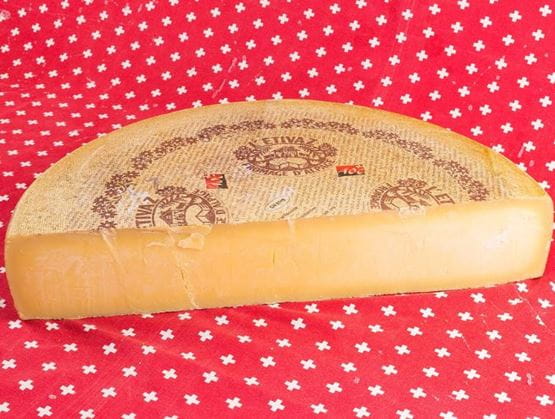
Etivaz
This raw-milk cheese, produced exclusively during the summer season (when the herds graze at altitude) in the Vaud Alps, was the first to be awarded AOC status, back in 2000.
Made in large copper cauldrons over a wood fire, Etivaz is matured for at least 5 months, but you'll have to wait at least 30 months to harvest the famous full-bodied rebibes (shavings) that contribute to the legend of this exceptional cheese.
Emmentaler
Beware of imitations! This cheese is famous for its holes - apparently caused by the accidental insertion of hay particles during milking - and is now Switzerland's most successful export cheese.
A symbol of Swiss cheese-making expertise, it is still made by hand in many artisan cheese dairies. Long maturing gives it a fruity, full-bodied flavour.
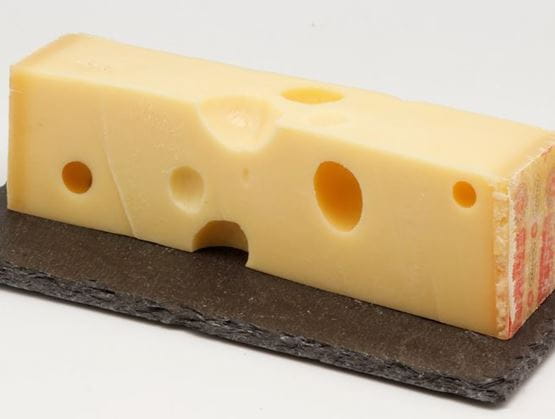
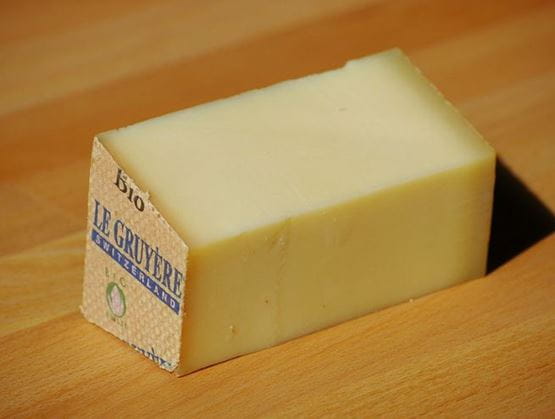
Gruyère
Here again, beware of imitations! We can't emphasise it enough: REAL Gruyère cheese has no holes, unlike Emmental. Depending on your preference (mild, salted, overripe or even aged), you should allow between 5 and 14 months for the cheese to mature, during which time the wheels are regularly turned over and washed in salt water.
There are four varieties of PDO: Classic, Reserve, Alpine Gruyère (produced in the mountain pastures of the cantons of Fribourg and Vaud) and Organic PDO Gruyère.
Tête de Moine
Made from unpasteurised raw milk harvested in the Jura and Bernese Jura cantons, with its origins documented as far back as the 12th century, this cheese with its light brown rind is distinguished by its highly original way of being eaten.
Since the invention of the Girolle in the early 1980s, it has been eaten in very thin slices called ‘rosettes’. This new process has enabled the cheese to gain unprecedented popularity outside Switzerland, particularly in France, its second biggest export market after Germany.
Very popular as an aperitif, it can also be combined with Gruyère or Vacherin Fribourgeois for exceptional fondues.
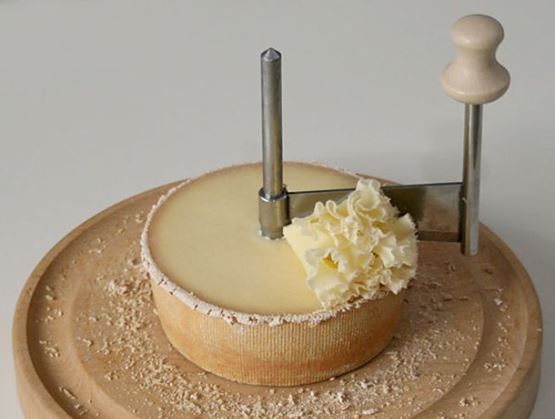
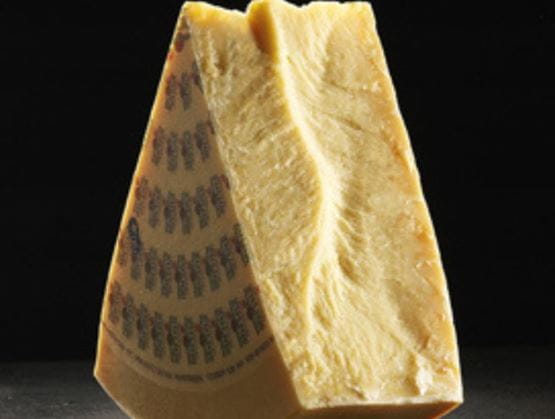
Sbrinz
It looks like parmesan, it tastes like parmesan, but it's not parmesan.
It's Sbrinz! Made in central Switzerland, this pressed cooked cheese needs no less than 18 months maturing (minimum) to acquire its full-bodied, fruity, tangy flavour.
An interesting alternative to spice up your dishes or simply to enjoy in portions or as a rebibe with a good glass of white wine.

Berner Alpkäse et Hobelkäse
A high-altitude cheese produced only in summer on the mountain pastures of the Bernese Oberland, this cheese embodies all the richness of Switzerland's pastures.
Berner Alpkäse, matured for a minimum of 4 and a half months, has a dense texture and a rustic flavour. Hobelkäse, on the other hand, matures for up to two years - the time needed to obtain an extra-hard texture that can be enjoyed in shavings, like Sbrinz.
Two PDO cheeses that are steeped in Alpine tradition.
Formaggio d'Alpe Ticinese
Head for the south of Switzerland, to the valleys of Ticino.
This alpine cheese, often made in tiny stone cottages, is a blend of cow's milk and sometimes a little goat's milk, for a flavour that is both floral and slightly goaty. Its semi-hard paste, compact and full of character, reflects the wild beauty of the southern Alps.

Glarner Alpkäse
Little known outside Switzerland, this mountain cheese from the canton of Glaris is definitely one to visit.
Robust and firm to the tooth, it has a frank, herbaceous flavour, just like the steep peaks where it was born, between 1000 and 1800 metres above sea level.
Valais Raclette
A great classic! Melt-in-the-mouth, tasty and slightly fruity, Raclette du Valais is one of the rare raclettes to be awarded a PDO.
Made exclusively from raw milk from the canton of Valais, it melts perfectly over a warm potato, washed down with a dry white wine. A must for winter evenings - and for the stands at the show, of course.
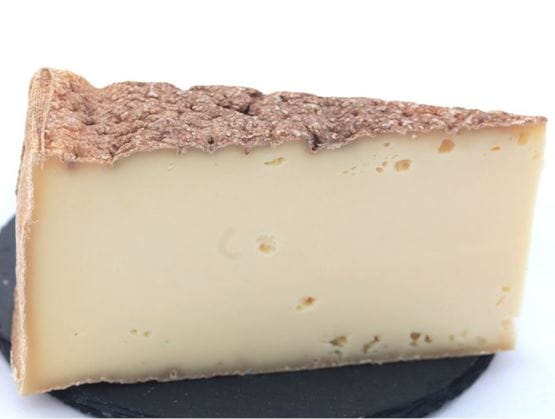
Vacherin Fribourgeois
Its creamy texture makes it ideal for the famous half-and-half fondue (Gruyère + Vacherin).
Made from raw or thermised milk, it comes in several varieties, from mild to extra. In all cases, it develops milky, slightly acidic aromas that will appeal to palates in search of sweetness.
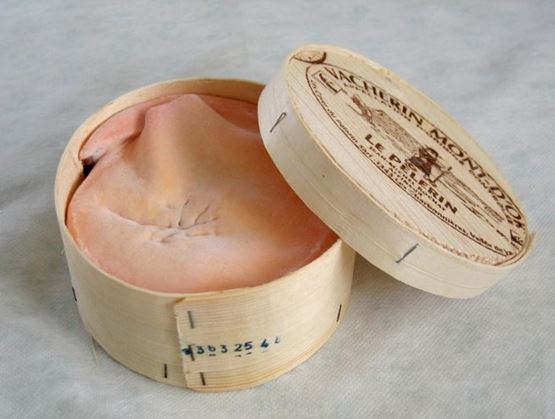
Vacherin Mont-d’Or
This delicate soft cheese from the Jura region of Vaud is matured in a spruce box, which gives it its woody aromas.
Available only in winter, it is often eaten warm, by the spoonful, after a short spell in the oven.
Its creamy texture and lightly washed rind make it a seasonal treasure, as good as it is elegant.
Bloder-Sauerkäse
This is perhaps the most confidential of Swiss PDO cheeses.
Produced in the Alpine Rhine valley, this fresh cheese has a slightly sour taste and is eaten young, without maturing. Its soft texture and natural acidity make it a rare find on the Swiss cheese scene - a must-try for fans of new sensations.
Discover these cheeses at our Swiss exhibitors!

